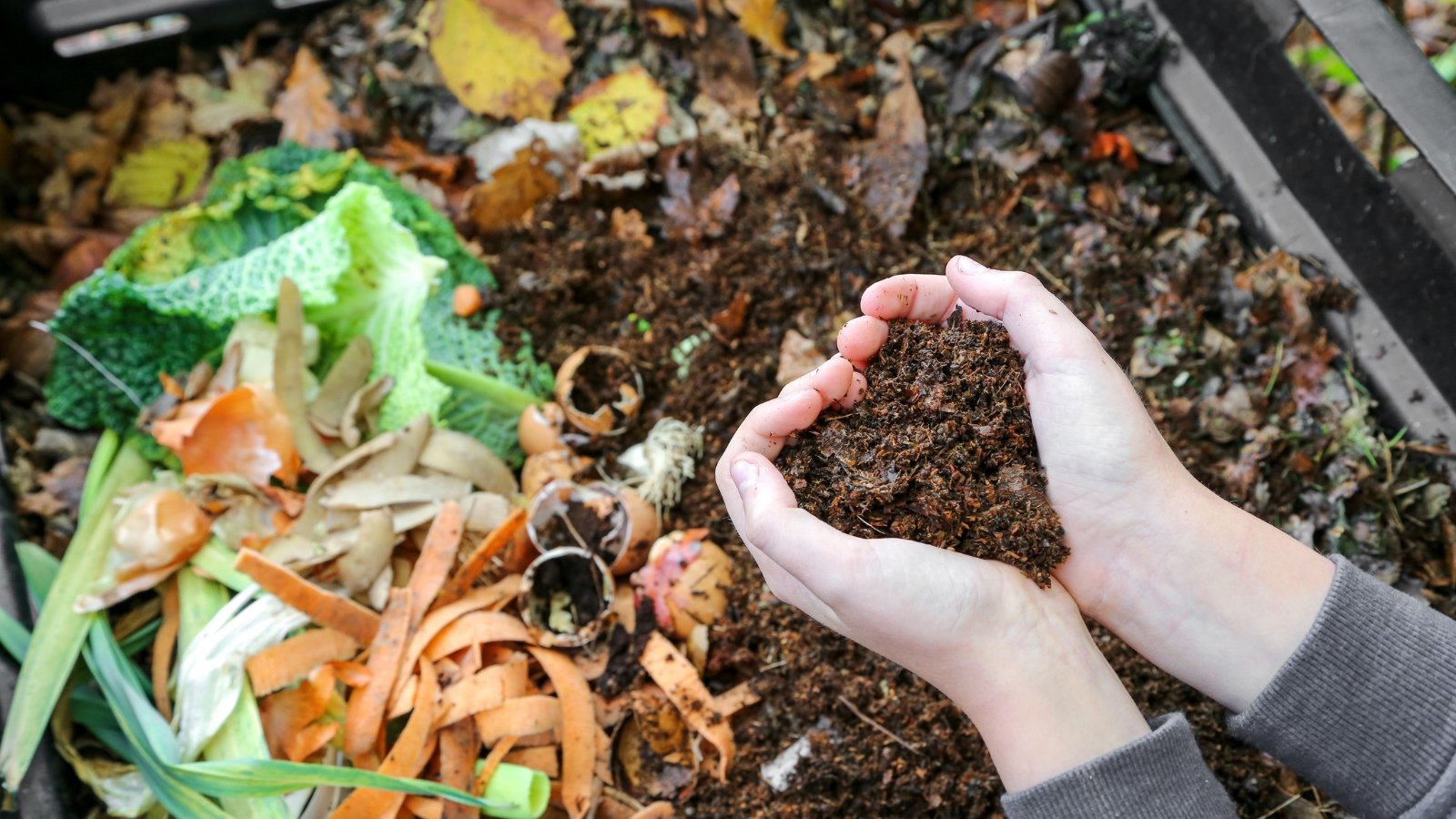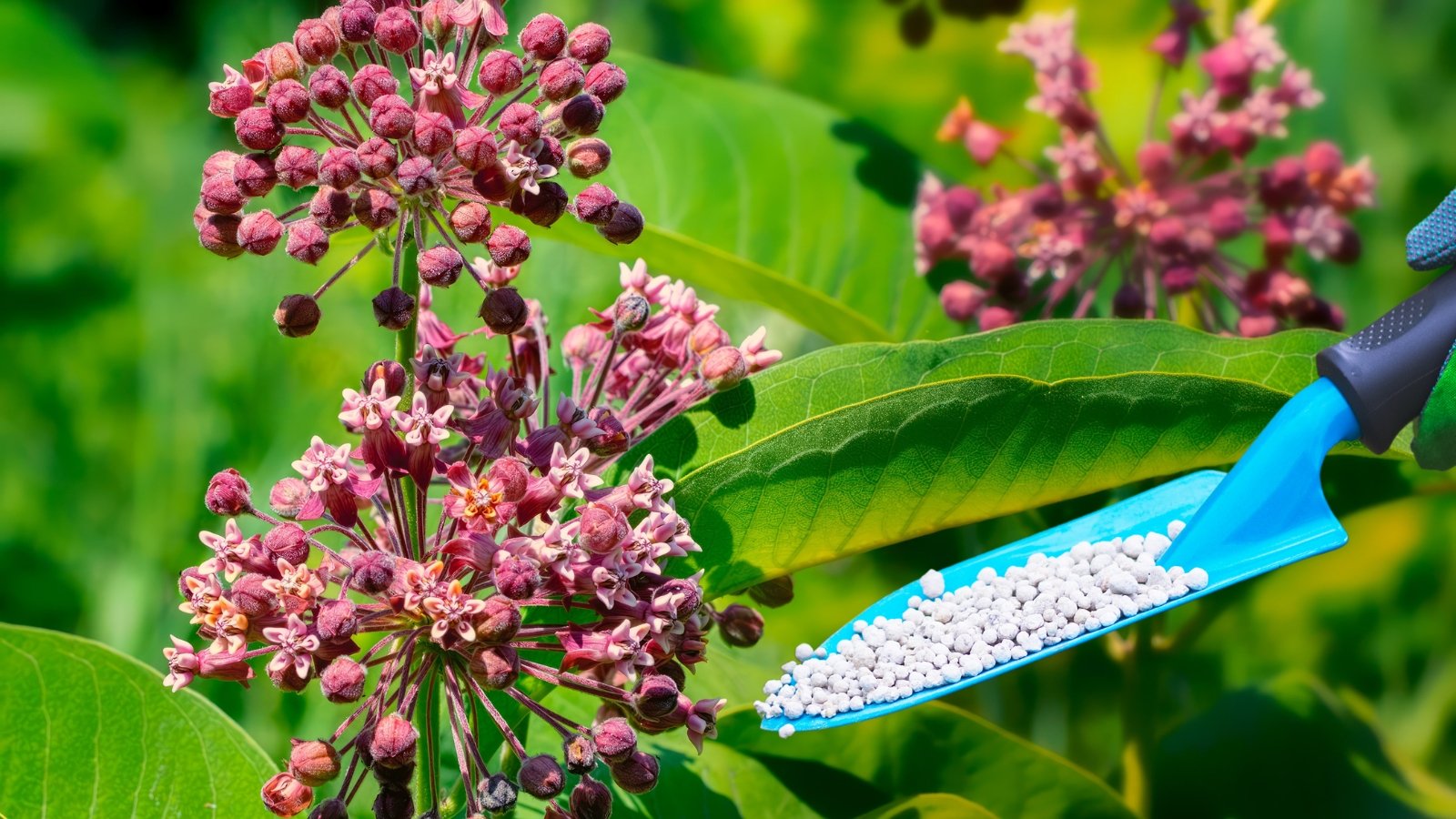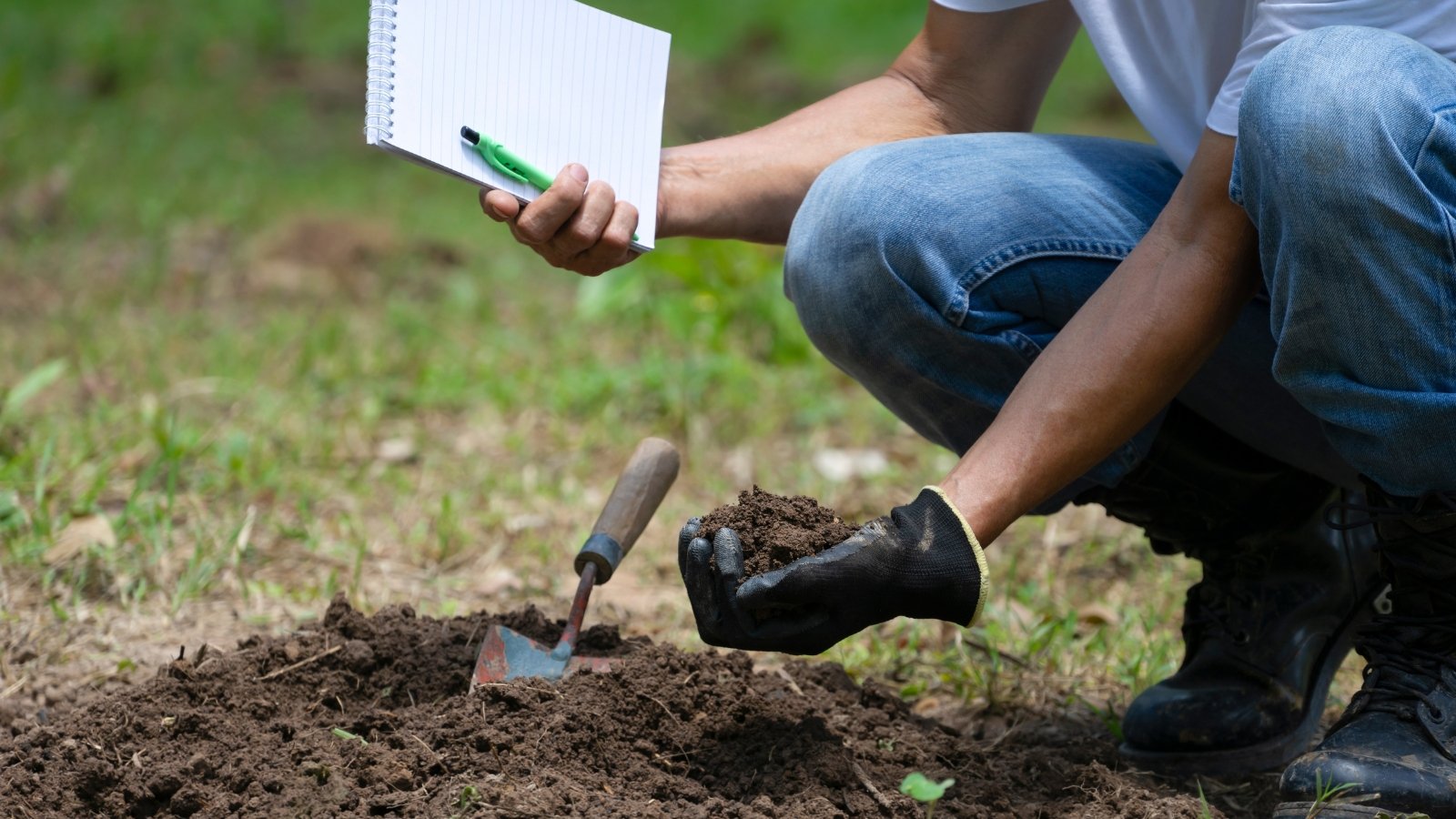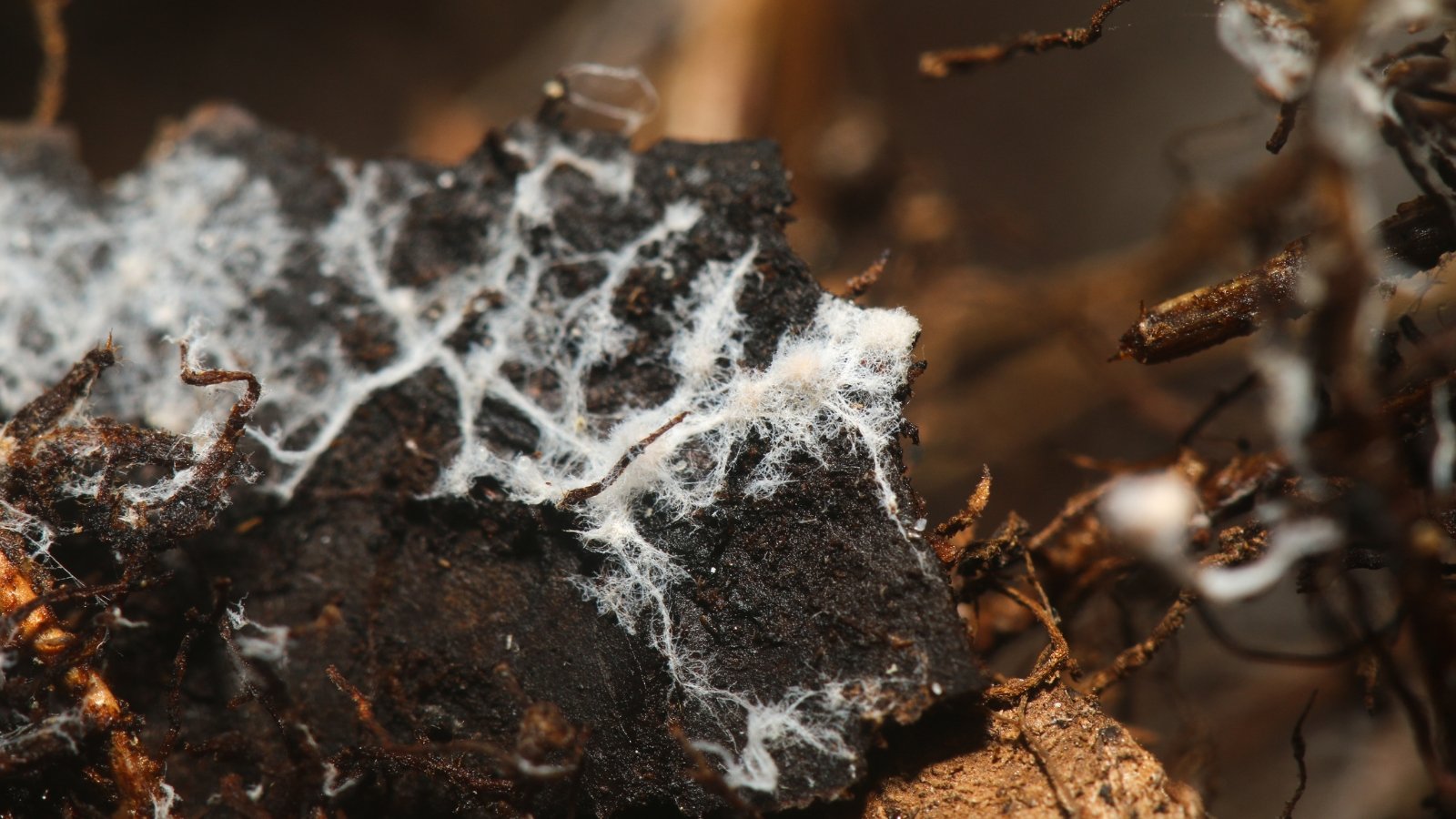
What’s Mycorrhizal Fungi? Is It Good For My Yard?
[ad_1]
With out mycorrhizae, many crops would shrivel, wither, and die. They’re a gaggle of unseen fungi that work alongside completely different organisms to larger soils. In the event you stroll via a forest, there’s a possibility you’re stepping on lots of of dwelling mycorrhizal fungi.
Nonetheless what are they, exactly? Fungi’s most simple buildings are tiny little hyphae that sprout from spores. These hyphae variety mycelia, which might be skinny, white filaments. They’re similar to the roots of fungi, and they unfold out on the lookout for nutritional vitamins and plant hosts.
Mycorrhizae are a type of mycelia that sort partnerships with dwelling shrubs, bushes, and perennials. They bond with roots and foster a symbiotic relationship with their hosts. Some crops need them to survive, whereas others merely revenue from their presence.
Dive into the world of mycorrhizal fungi and see within the occasion that they’re the becoming match in your yard crops and ornamentals.
Bio-tone Pure Plant Meals
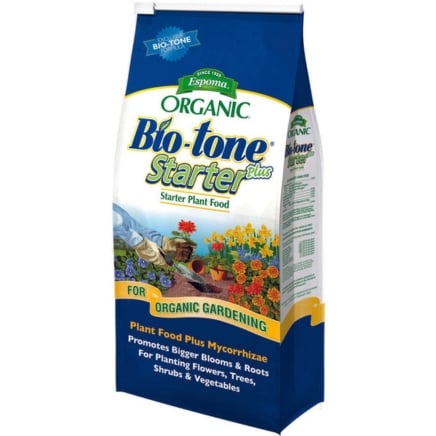

Espoma Bio-tone Starter Plus Pure Plant Meals (4 lbs.)
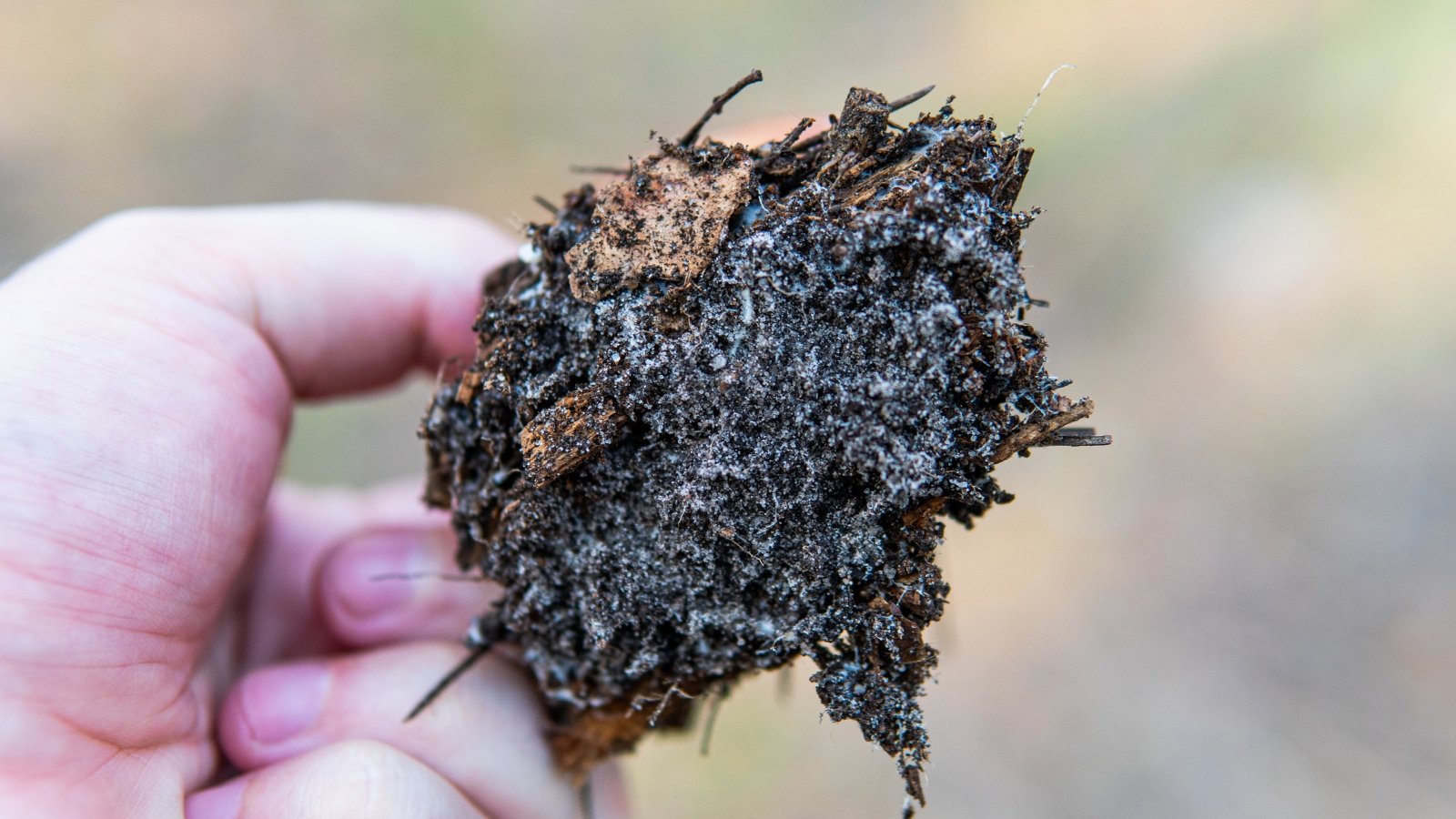

Mycorrhizal fungi are quite a few species with mycelia filaments that bond with plant roots. Some have explicit hosts, like pine bushes in North America, whereas others are further generalist. Most soils naturally embrace mycorrhizae already. Compost, mulch, and a numerous range of yard crops encourage a multitude of these fungi to thrive.
Rototilling, synthetic fertilizers, and damaging gardening methods kill the fragile mycelia underneath the soil. Gardens with these soils could have additional amendments which may be rich with mycorrhizae.
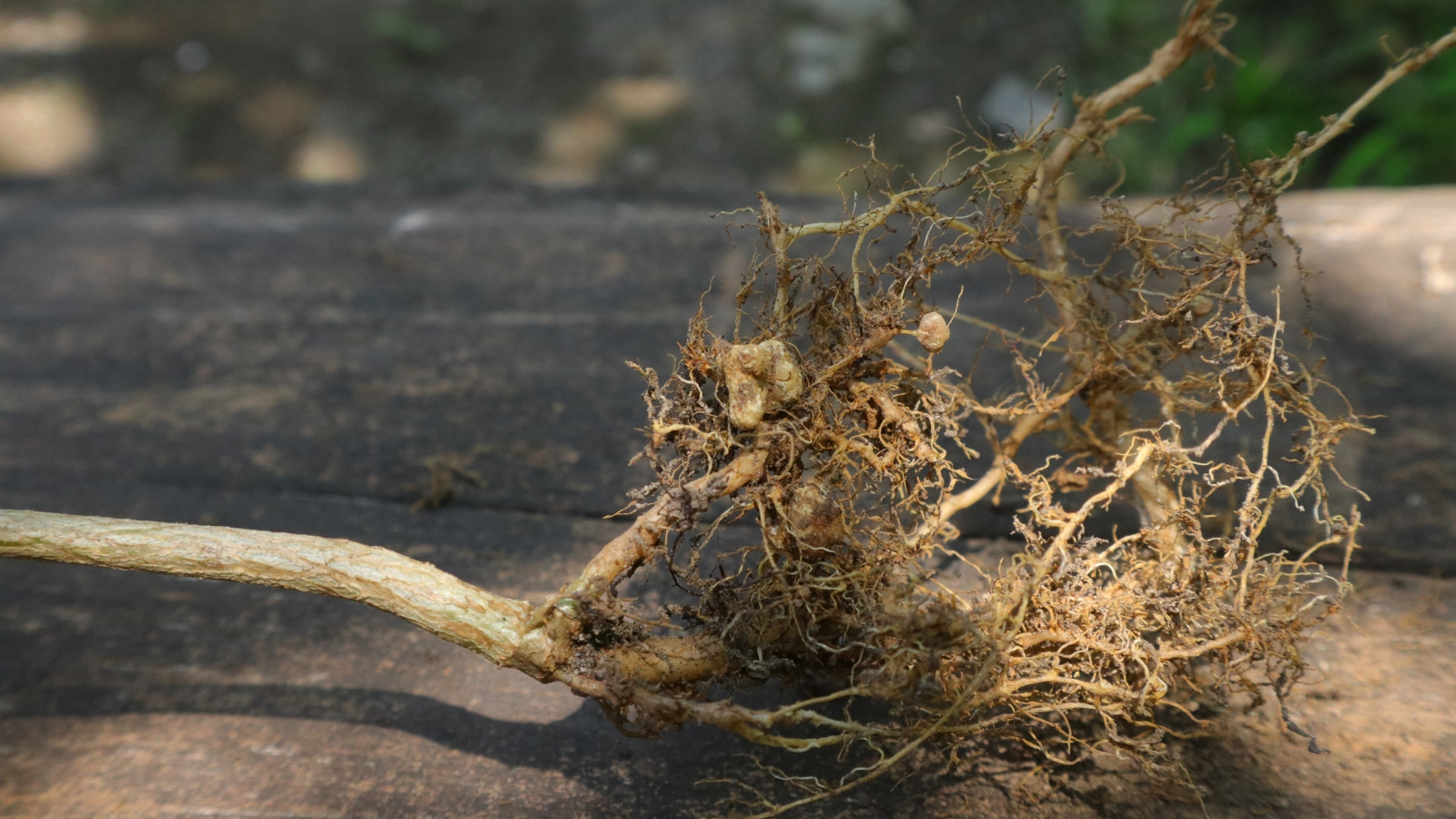

Whether or not or not or not these historic fungi are good in your yard is set by your panorama’s circumstances. Some gardeners won’t should amend their beds, whereas others must. We’ll be taught to encourage mycorrhizal progress over time and strategies to shortly inoculate soils with mycelia.
Puerto Rican Pines
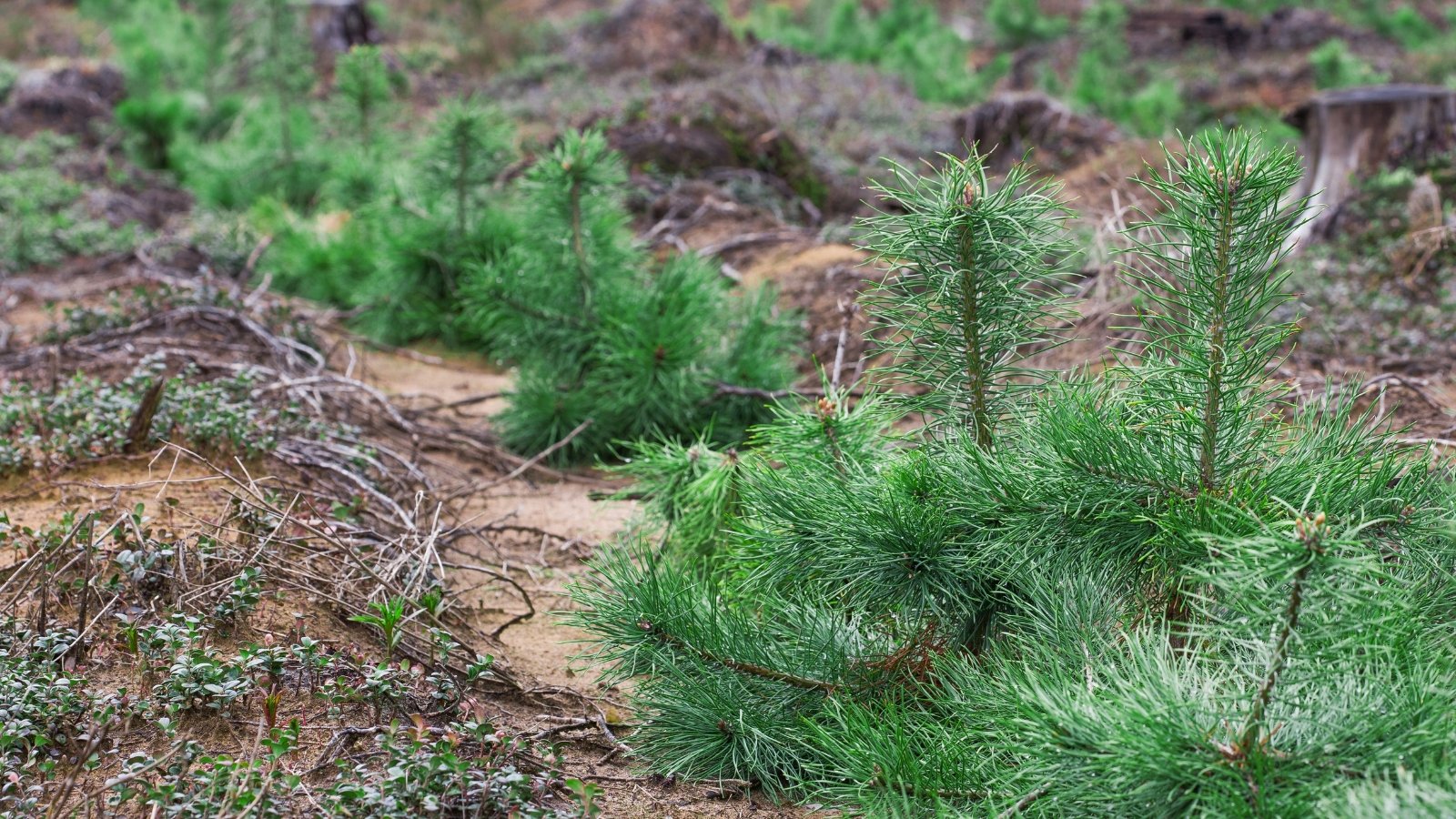

Sooner than we dive into care, there’s a story to debate that utterly illustrates how important mycorrhizal fungi are for plant roots. Throughout the Thirties, the USDA Forest Service launched nonnative pine seeds from South Carolina to plant in Puerto Rico. They’d been attempting to develop helpful timber in a model new location.
Years of attempting to develop these pine bushes proved futile—the seedlings would sprout, wither, and die. It wasn’t until 1955, when B.J. Huckenpahler launched native soil from South Carolina to Puerto Rico and planted seeds, that the Forest Service had a breakthrough. The seedlings throughout the native soil thrived and grew to five ft tall a 12 months later!
After the experiment, additional evaluation proved that mycorrhizae had been the motivating problem behind the pines’ success. The seedlings that shriveled and died missed their fungal counterparts and couldn’t survive of their new location with out them.
Encourage Pure Mycorrhizae
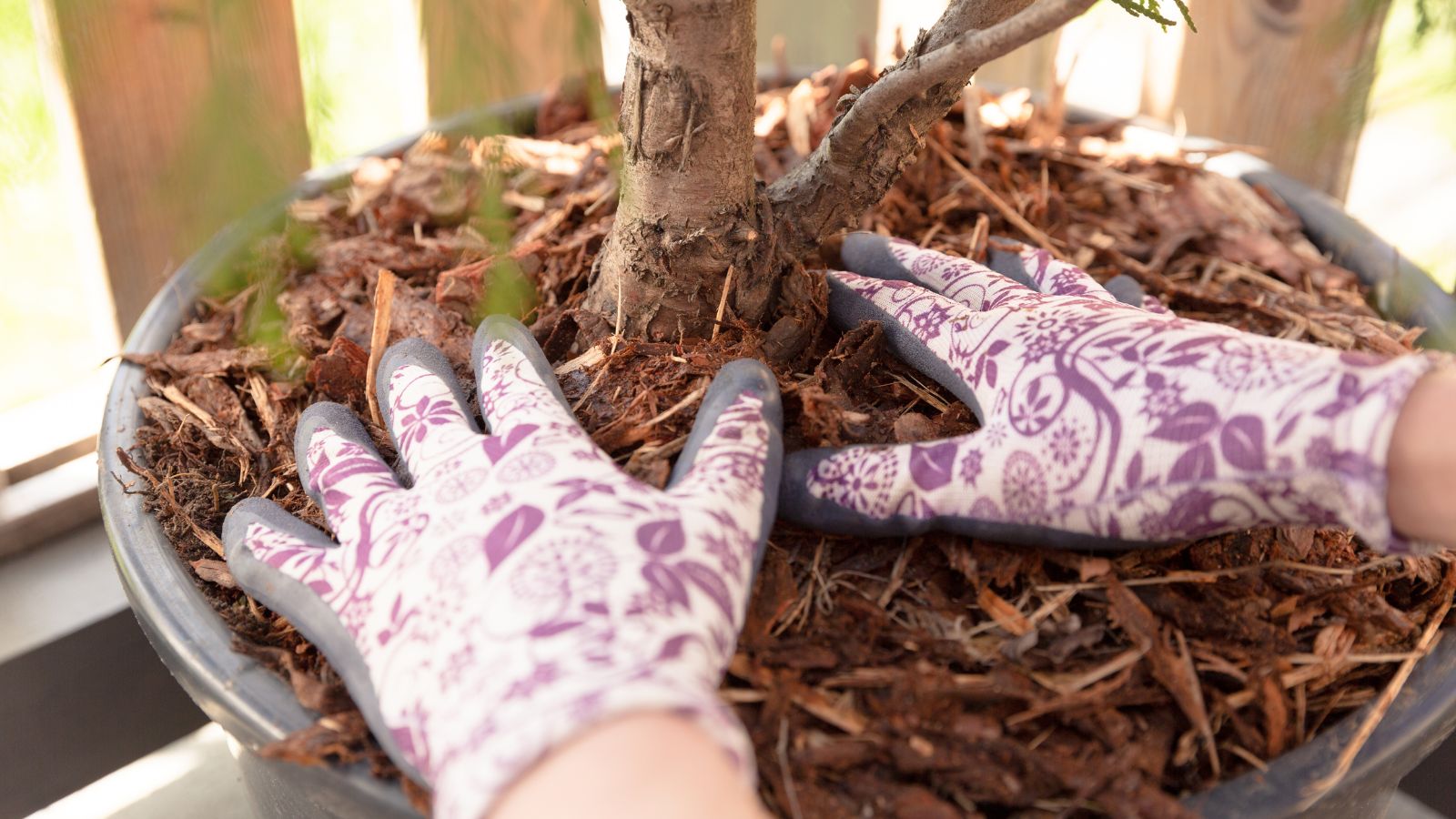

These explicit fungi naturally colonize rich soils with a numerous range of species. In the event you develop a mix of native crops in your yard, you invite native mycorrhizae into the realm. Our favorite crops and ornamental species moreover work correctly with them, they often add to the vary of your soil.
Mulch is one different good choice to encourage mycorrhizal fungi into the mud. It protects bare soils, holding delicate mycelia strands safe from trampling and tampering. It moreover injects nutritional vitamins slowly as a result of it decomposes, making a rich habitat for fungi.
The ultimate, nonetheless truly not least, environment friendly choice to encourage pure mycorrhizae populations is to add compost to your yard beds. Compost lends development, nutritional vitamins, and completely different helpful critters to current soils. It could additionally embrace spores that will become new hyphae and mycelia.
Add Pure Fertilizer With Mycorrhizae
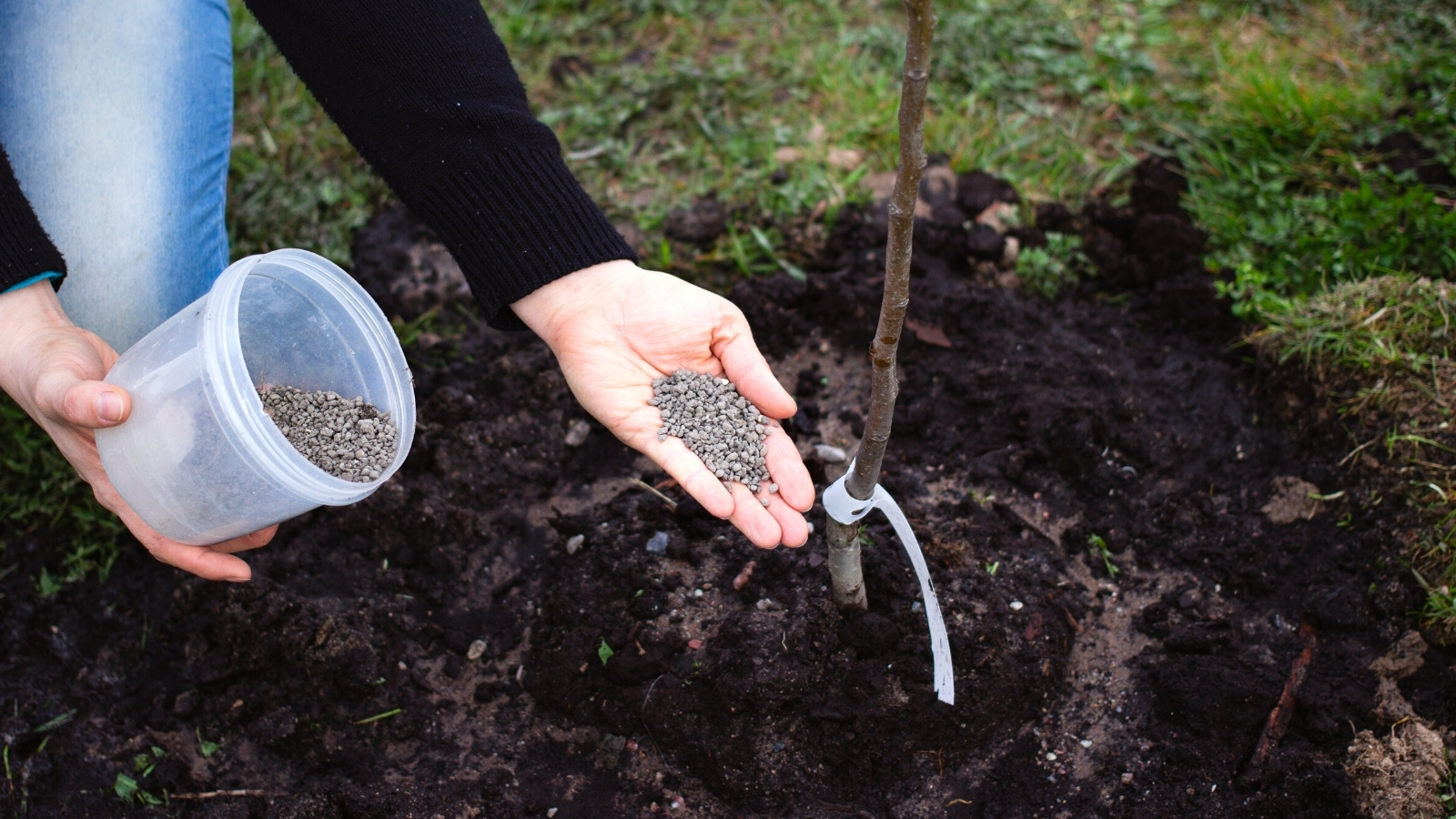

Even when your soils already have mycorrhizae, they gained’t injury from additional functions. Not like fertilizer, an extreme quantity of of these fungi gained’t harm soil development or life. As more and more evaluation unveils the importance of these organisms, further firms are making merchandise with them in it.
Consider using an pure fertilizer with these fungi already in them. With these fertilizers, you’ll inoculate your yard with mycorrhizae every time you add them.
Totally different merchandise exist with out nutritional vitamins and are merely powders or propagules with mycorrhizae inside. These pure fungal mixes are wonderful for transplanting seedlings. Roll their roots throughout the powder, and place the powder throughout the transplanting holes. It gained’t injury them—it’ll improve their progress, making them further resilient to drought, pests, and sicknesses.
Rototilling Kills Mycorrhizae
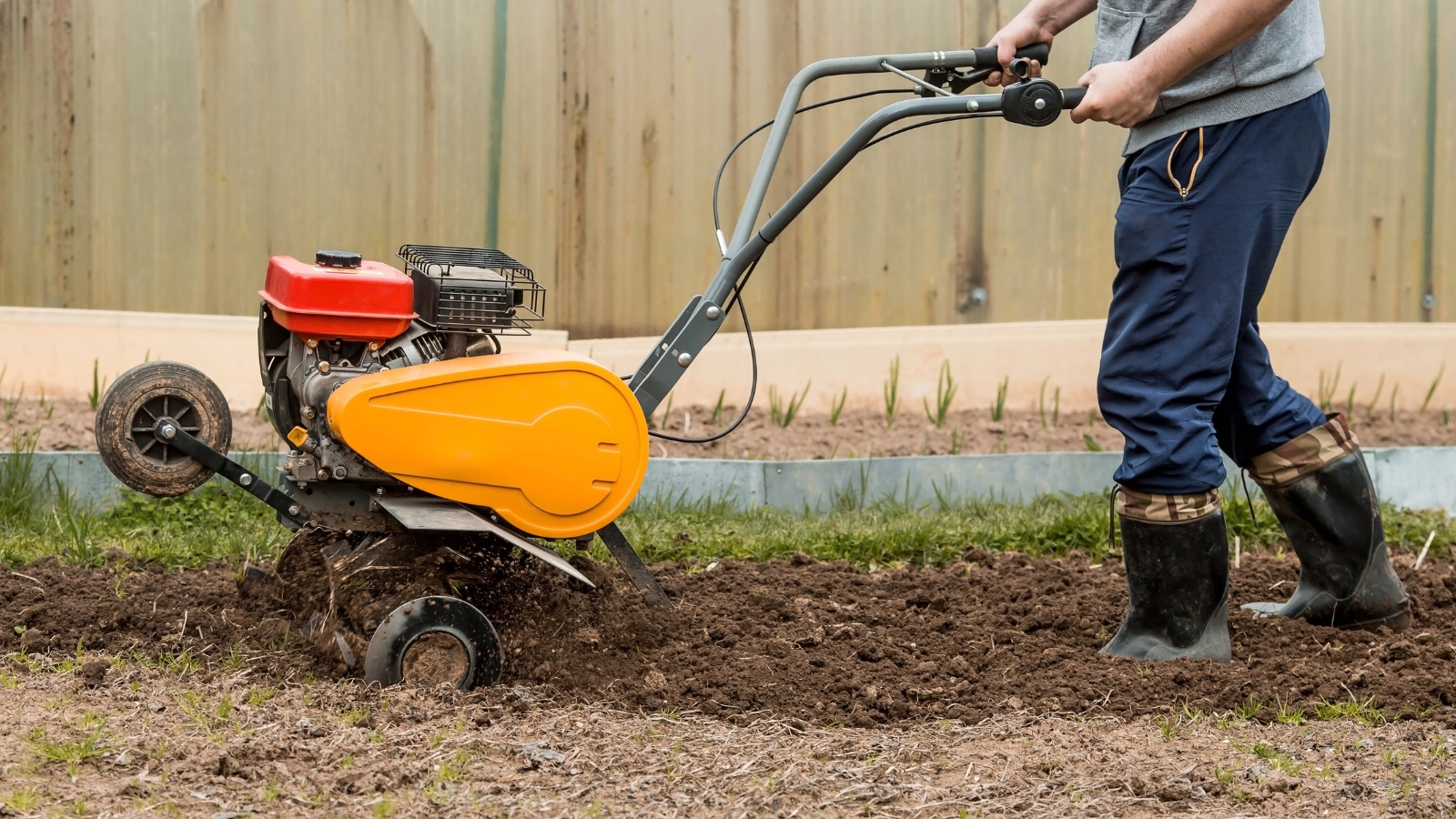

Mycelia strands are terribly delicate! Any disturbing movement that breaks up soil particles may fracture and kill them sooner than they variety intensive populations. If soils obtained tilling to date, you’ll want so as to add a number of mycorrhizal amendments, compost, and mulch.
Avoid tilling besides it’s obligatory. New no-till gardening methods present that bountiful harvests aren’t actually relying on tilling and fertilizers, nonetheless pretty on soil nicely being. Assemble up your soil with helpful microbes by together with amendments on excessive, and avoiding digging into delicate fungal strands.
Tilling may be obligatory for breaking up a hardpan or for starting a model new vegetable yard. When achieved as quickly as, these actions aren’t too harmful. Nonetheless excessive tilling is especially damaging—steer clear of it should you want to foster mycorrhizal strands.
Aside from tilling, chemical fertilizers, pesticides, and herbicides could harm delicate mycelia. Avoid synthetic chemical compounds, as they kill at will and sometimes harm delicate fungi underneath the soil. Solely use pure fertilizers and pesticides when obligatory.
Some Crops Don’t Need Them
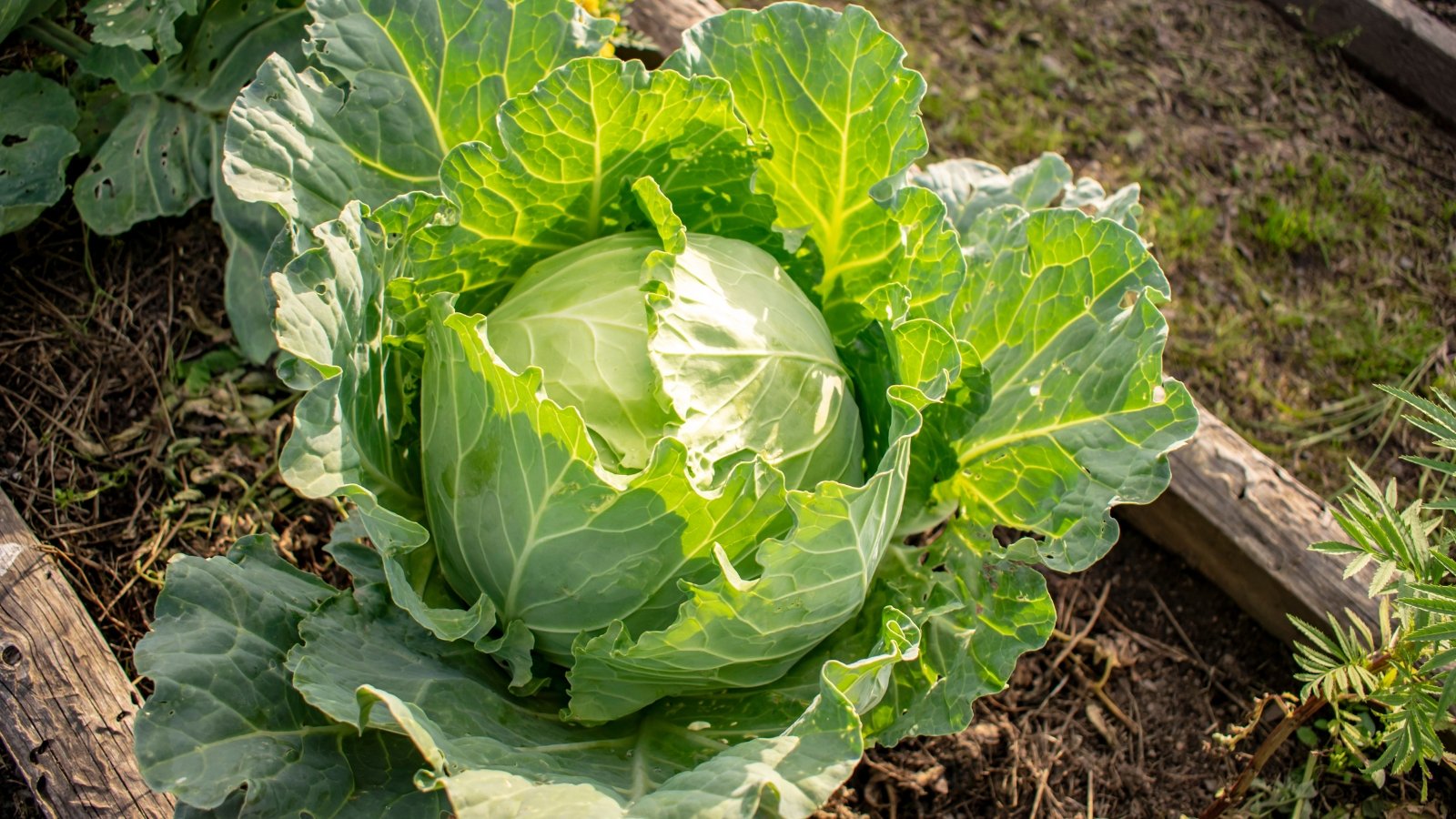

There are events when it is attainable you will not need these fungi. Any plant throughout the cabbage family Brassicaceae doesn’t variety relationships with them and gained’t revenue from their addition. A number of of those widespread unaffected crops are:
- Arugula
- Broccoli
- Cabbage
- Cauliflower
- Candytuft
- Radish
- Turnip
The other family that has a particular relationship with mycorrhizae is the Ericaceae family. This consists of many various ornamental and edible species we prefer to develop in our gardens. Blueberries, cranberries, and lingonberries bond with a specific set of fungi. Frequent ornamental species that don’t rely upon the additional regular types you’d uncover bonding with most crops are rhododendrons, mountain laurels, heaths, and heathers. Yow will uncover the exact Ericoid mycorrhizae in retailers must you’d like to include them.
Just because these species don’t need regular mycorrhizae doesn’t suggest you shouldn’t add a great deal of compost and mulch to your yard beds yearly. They’ll revenue from the presence of micro organism, worms, and completely different critters that inhabit pure amendments. Compost moreover supplies development and nutritional vitamins to soils, serving to species throughout the Brassicaceae and Ericaceae households.
Totally different Helpful Soil Microbes
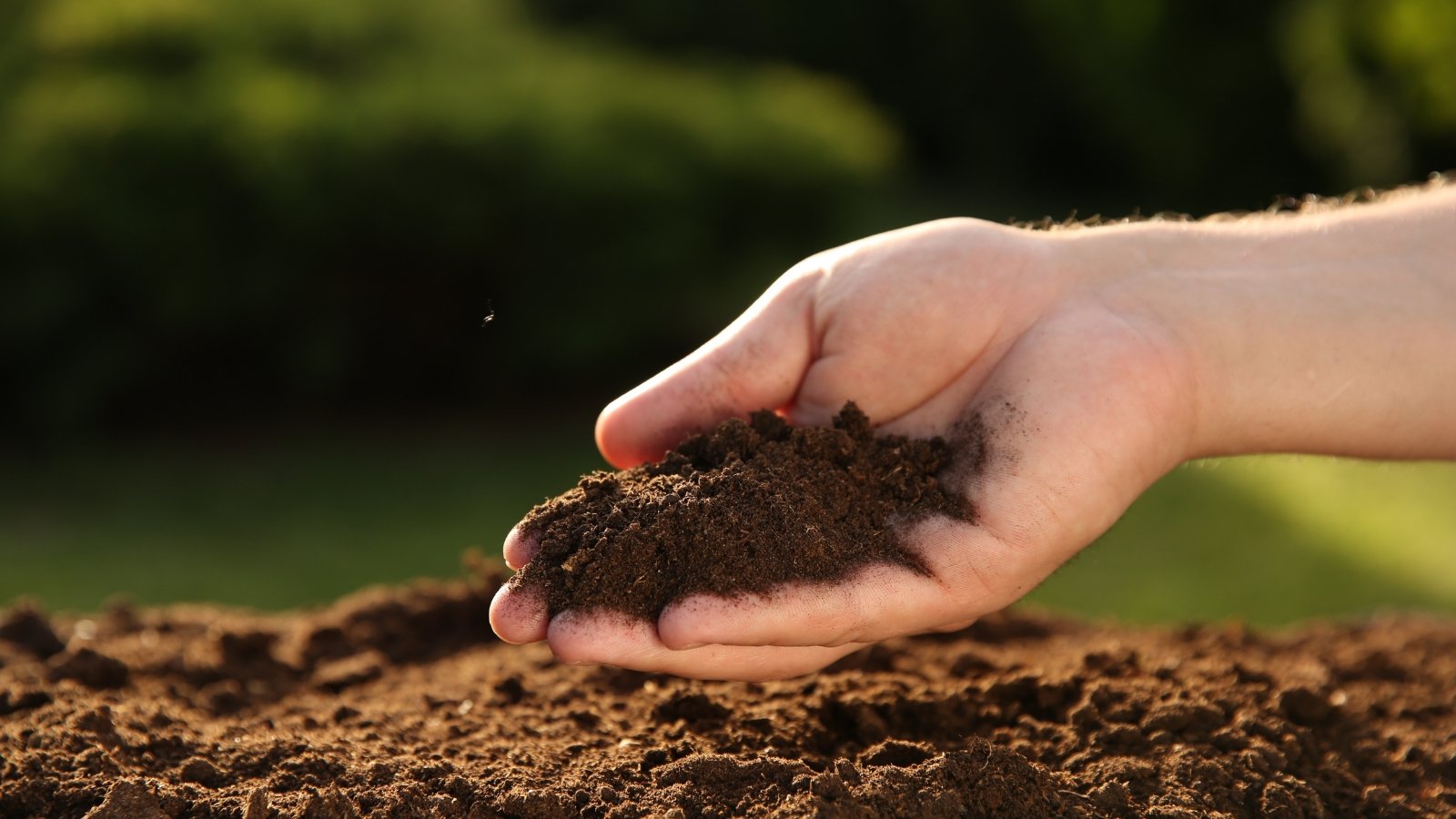

Micro organism and archaea are the alternative two tiny organisms that at all times accompany fungi in healthful soils. Micro organism are most likely probably the most ample, although they aren’t the oldest. The archaea are the oldest organisms, having been spherical for about 4 billion years.
Micro organism have many roles as soon as they inhabit soils—they cycle nutritional vitamins, larger soil development, and suppress nasty sicknesses. Together with compost ensures a gradual present of these microbes. Their abundance means they’ll uncover their means into your soil a way or one different! Archaea are completely completely different; they eat and break down carbon and nitrogen, amongst completely different nutritional vitamins, for roots to entry.
Greater creatures moreover work to larger soils, although they aren’t technically microbes. Algae, protozoa, nematodes, and worms all eat huge particles and change them into smaller ones for crops. Cultivate healthful soils, and likewise you’ll create dwelling populations of each helpful critter.
[ad_2]
Provide hyperlink
